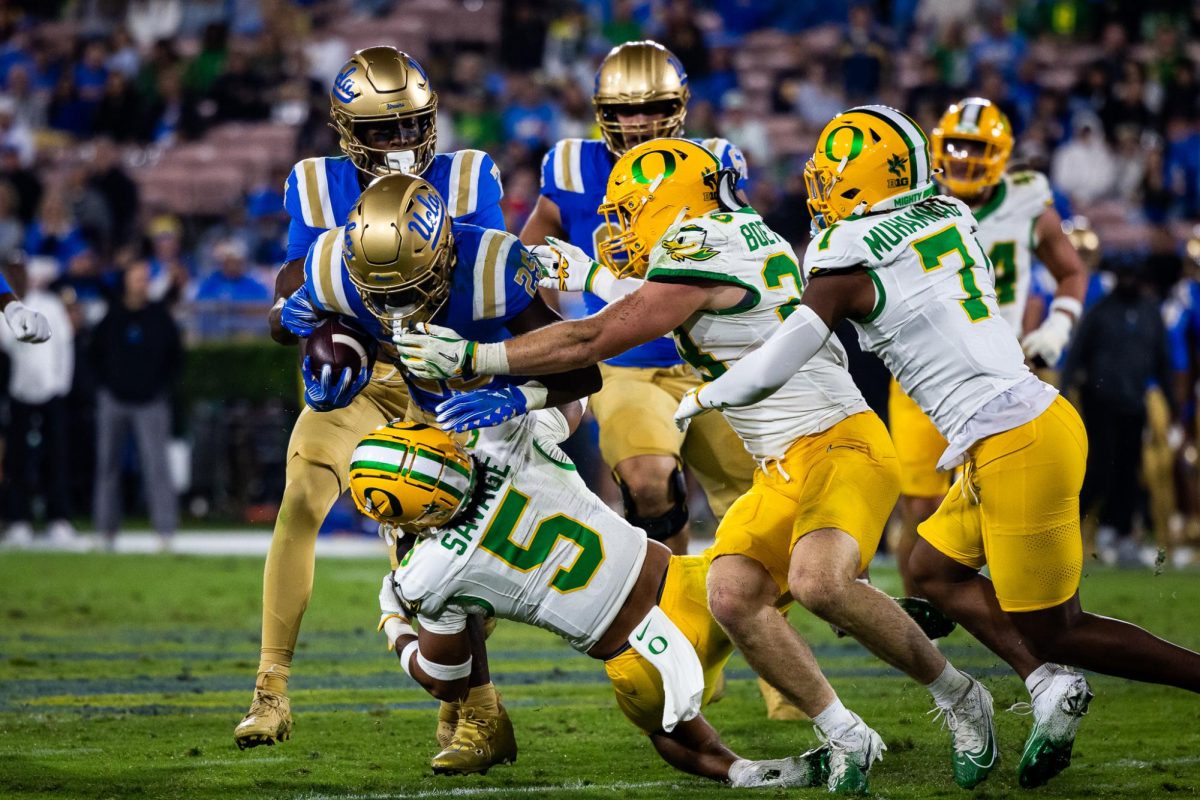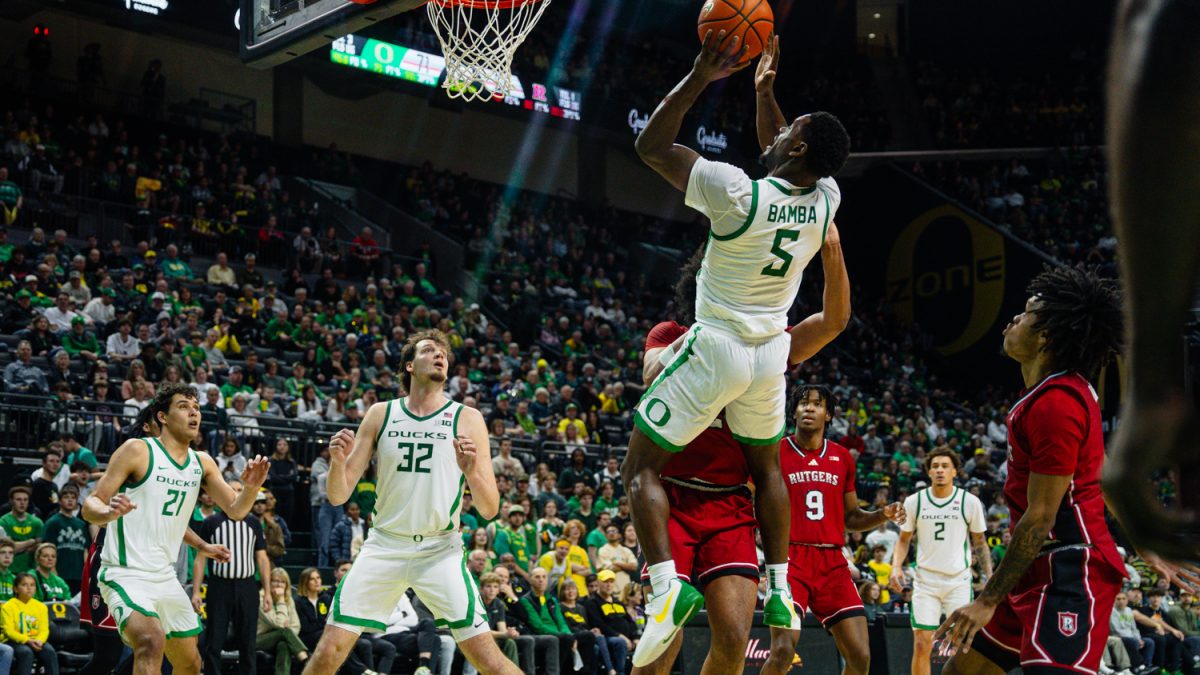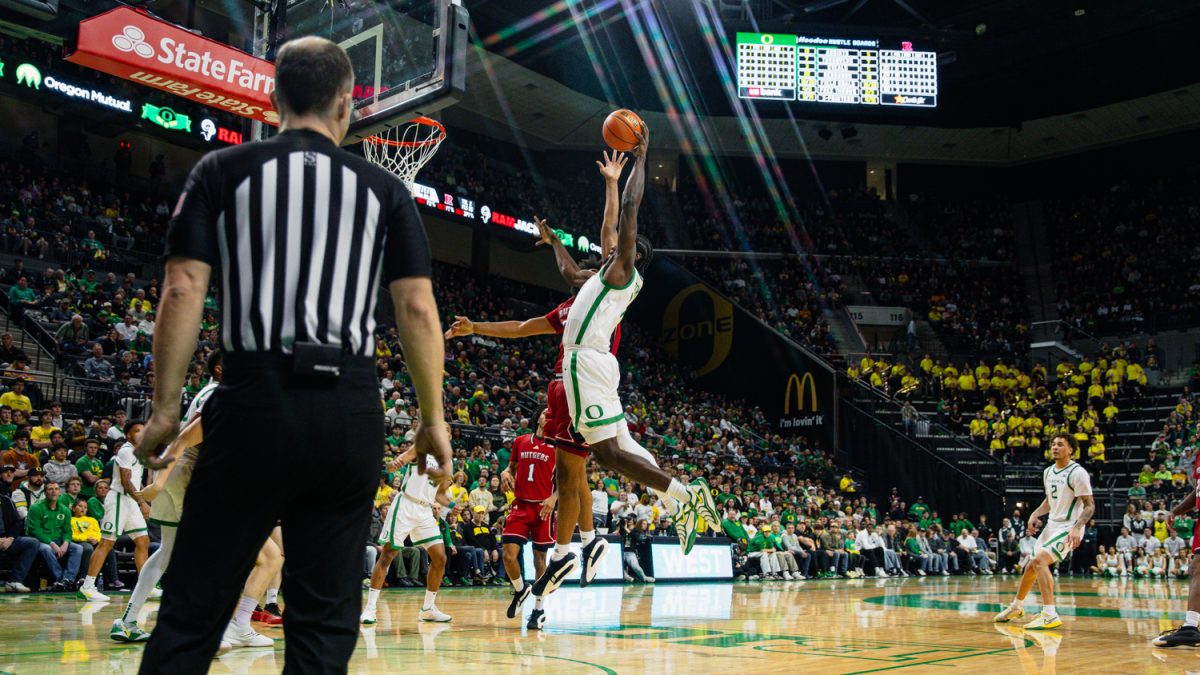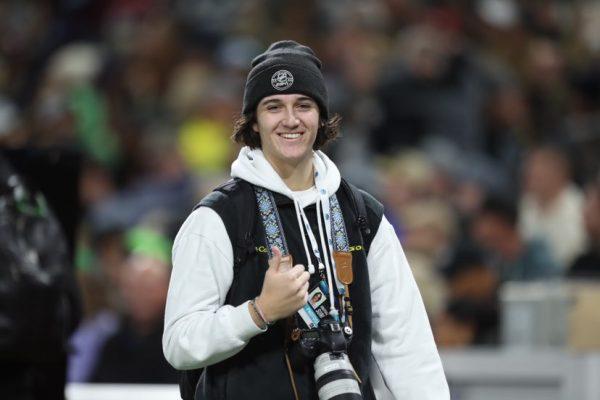Just over a year ago, Oregon football’s Dan Lanning was fired up.
“Rooted in substance. Not flash. Rooted in substance,” the now-third year head coach told his players in a locker room speech broadcast on national television. It didn’t go unnoticed.
Oregon didn’t just beat Colorado on Sept. 23, 2023. It annihilated any belief in a national darling. The Ducks went about their business with a fearsome efficiency and coolness that represented some of their best football of the season.
It turns out that substance is exactly why Oregon is primed to make a run at the Big Ten title.
The offense was always going to be good. It’s the defense that’s Lanning’s specialty, and it’s the defense that’s going to be this team’s greatest innovation. How long, after all, has it been since defense won Oregon games?
He’s attacking it unlike any other coach west of the Rocky Mountains prefers to. Yes, the big-play offense that propelled Marcus Mariota to the 2014 Heisman Trophy was fun to watch. Yes, it almost won the Ducks a national title.
No, it probably doesn’t work quite as well anymore. Chief among them, for the purposes of this column, is that defenses are far better at stopping those big plays against all but the very best.
Stifling defense is Lanning’s M.O.
Lanning’s story is relatively well known: before heading to the Pacific Northwest, he worked as a graduate assistant under legendary Alabama coach Nick Saban and dominant Georgia coach Kirby Smart. Oregon hired Smart’s defensive coordinator the month before his Bulldogs defense won the first of two straight national titles.
His first Oregon defense didn’t improve on the previous year’s — the Ducks allowed 27.4 points per game in 2022, 75th in FBS. It took time.
One year later, the Ducks allowed just 16.5 points per game, good for 9th in the nation. It held a USC offense with reigning Heisman Trophy winner Caleb Williams, then averaging 45.5 points per game, to 27. It kept them in games, time after time. The offense got back on the field, time after time, to pound opposing defenses into the ground.
It took time to develop that culture this year.
Last year, Oregon was 44th lowest in the nation in defensive possession time, at 28:58 per game. After three games in 2024, that rank dropped to 104th and 31:44. The Ducks are giving their opponents nearly three extra minutes with the ball this year. That’s not ideal.
In 2023, teams playing the Ducks converted on third down at the 39th worst rate in the nation, 36.57%. One year later, they’re converting at the 107th worst rate, 47.06% (over a 10% spike).
Only Purdue (124th/53.85%) and UCLA (130th/56.10%) were worse Big Ten teams through three weeks.
Against Oregon State in Week 3, the Ducks had the ball for just 8:59 in the first half — the Beavers ran 20:57 off the clock in 43 plays. They were efficient — their three real possessions (not including a one-play kneel down that ended the first half) all ended in touchdowns. In the second half, though, they took control.
On the night of Sept. 28 in Los Angeles, the Ducks continued to push. They forced the UCLA Bruins to go just one for ten on third down, including three three-and-outs and four of five drives under three minutes in the first half. At the break, the 96-yard gain from the Bruins’ pick-six touchdown outweighed the rest of the home side’s yards (54) altogether.
That doesn’t mean that it’s perfect. A defense playing to prevent the big play leaked second-half rushing yards, but they closed out the game.
In order to compete at the level that they’ve preached, the defense will need to continue to improve — that much is clear. What’s less easy is what needs to change from last year — what innovation they must make. It’s what has to be figured out by the time Ohio State comes to town on Oct. 12, and what is going to be the question in December.









